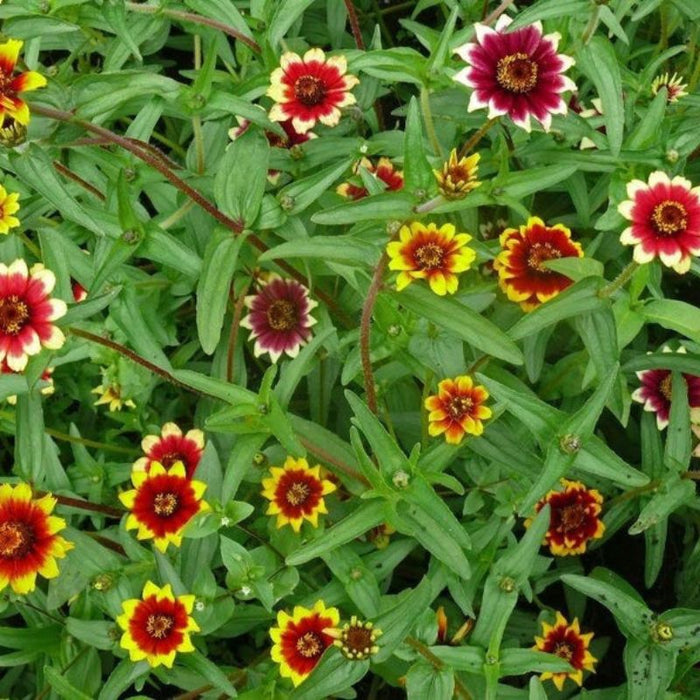
Zinnia Haageana Flower Seeds
Save 50%
Original price
$10.00
Original price
$10.00
-
Original price
$10.00
Original price
$10.00
Current price
$4.99
$4.99
-
$4.99
Current price
$4.99
Bring in the charm and appeal of the stunning Zinnia Haageana Flower with these easy-to-grow Zinnia Haageana Flower Seeds. These seeds promise to transform your garden into a captivating spectacle, offering a burst of colour that will mesmerize all who behold it. Their splendid bloom time during late summer to early fall ensures that your garden remains adorned with their exquisite blossoms for an extended period.
Details:
- Color: Yellow, Red, & Burgundy
- Plant Seeds: Outdoors after frost / Indoors weeks before the last frost
- Bloom Time: Late Summer - Early Fall
- Plant Height: 12 - 18"
- Plant Spacing: 12 - 15"
- Light Requirements: Sun
- Soil And Water Preferences: Average - Dry
- Quantity: 75 Seeds

